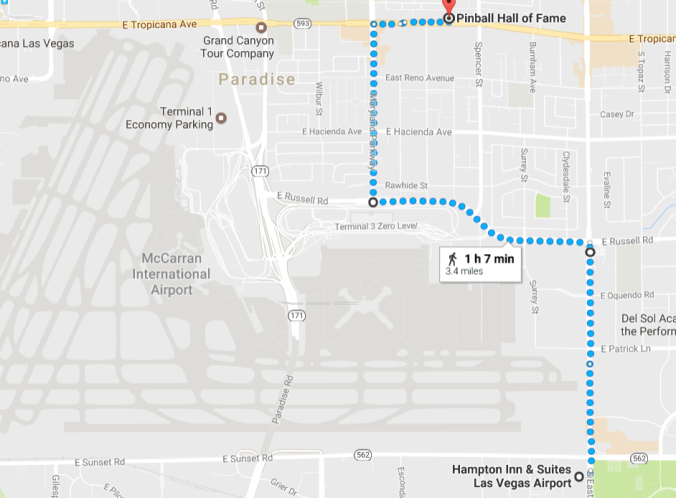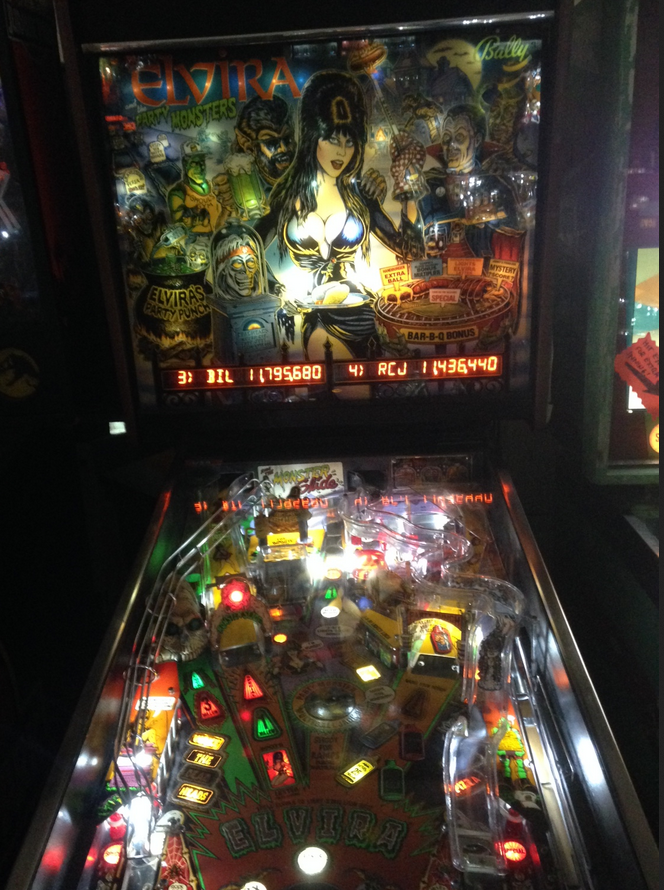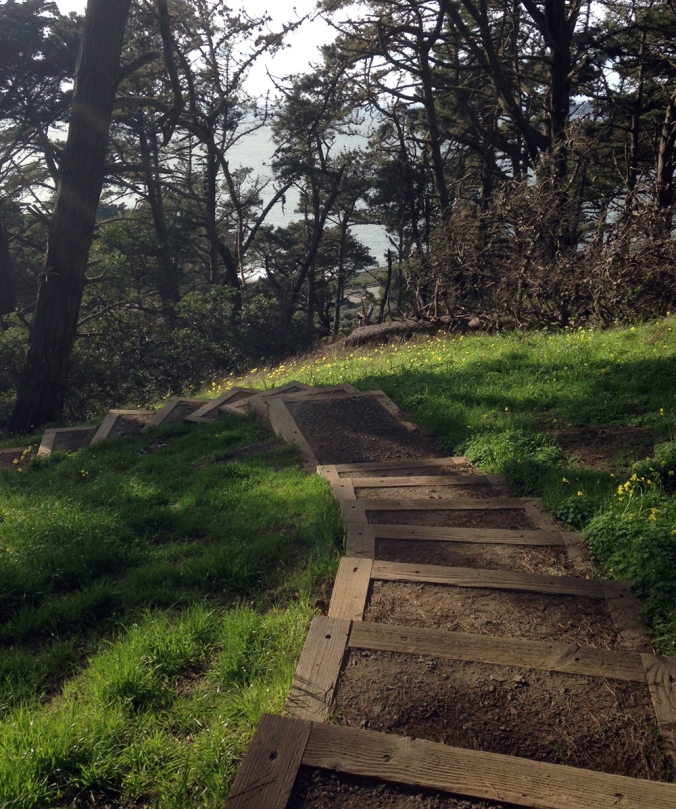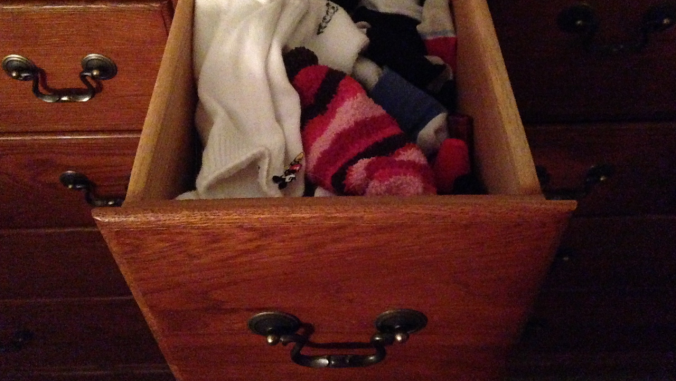
Now that is a seriously large gumball machine!
Nobody trusts anyone, or why did they put TILT on a pinball machine…
–Steve McQueen
I like a destination. And when I’m traveling for work, I like to get my exercise not in the fitness room, if at all possible, but by walking around my new environment and getting a feeling for where I am. Staying in a cheap government per diem hotel in Las Vegas, doesn’t always put you in the optimal location for fantastic hikes, but it does often put you smack in the middle of an adventure. Knowing this was my only opportunity in the next four days to walk outside (during the day before mugging hours), my quest was to get to the closest attraction on Google maps from my location. That meant just shy of a 3.5 mile walk (one way) to the Pinball Hall of Fame. With dusk on the horizon, I knew I needed to make this walk snappy. I walked on sidewalks along busy six lane streets bordered by chain linked fences topped with barbed wire curls. Planes dipped so close to my head I fought the urge to duck. I thought it quite convenient there was a mortuary and graveyard across the street.

My route to the Pinball Hall of Fame.
When I finally got off the main thoroughfare and around the airport, I turned in the direction of my target. I can’t say I felt particularly better here, but at least the airplanes weren’t after me. As I walked past Siegfried and Roy Park, which consisted of gravel and a giant silver mushroom-like statue, I passed row after row of apartments. Tucked beneath several of the gates were homeless people. And between them, rows of stores that included at least one or more of the following: liquor stores, tattoo parlors, and smoke shops.

How lucky! Open 24 hours!
I said “hi” to those I passed, looking less out of place than you would think. The temperature was a cool 45 degrees so I was sporting my black stocking cap, black running gloves, sunglasses, and a black leather jacket (the only coat I had brought). I looked like a hood in the hood. That probably was a good thing. After an hour of walking, I made it! The Pinball Hall of Fame.
I was not too impressed by the sign. Where were the neon and flashing lights? Where were the free food and fountains? I clearly had not walked far enough.

Not the most impressive building I’ve ever seen, but I’d made it this far!
I went in and was shocked by the number of people inside (despite the missing cars in the lot). For $0.75 a game, you could play pinball on machines from the 1960s to modern day. I walked among the pinging and ringing, snapped a few photos and then quickly left.

Elvira! Now that is a pretty high score!
Now I had a dilemma. It was getting dark. And though I looked like I could rob a bank, I didn’t feel like it. Luckily, I had a twenty dollar bill and had scanned the bus routes earlier that day. I stopped at a nearby 7-11 to get change and purchase water. Two men wearing construction uniforms sat at the video slots and finished off their day with a bit of hope. I stood in line behind five people (all unrelated), each with multiple 24 oz. Bud Ice beers in their hands. Apparently they knew something I didn’t. My Aquafina was clearly not the best bargain in town.


At this point I started jogging toward Eastern Avenue. As I reached the corner of Tropicana and Eastern, I saw the bus parked at a stop about 100 meters in front of me. I started sprinting. There was a man waiting to board and by the time I reached the bus the same man was still standing patiently waiting his turn. The fellow in front of him was feeding the bus fare machine slowly with pennies and nickels (possibly not realizing it was not a slot machine), but I was grateful. I caught my breath as the gentleman ahead of me and I assisted by picking up rogue pennies as they rolled off the machine and onto the bus floor.
I hopped on the double decker bus and watched as a colorful cast of characters got on and off (fully aware I was one of them). I was even asked where my motorcycle was! That’s how “bad to the bone” I looked!
As I stepped off the bus (forgetting my bottle of purchased water on public transit for the second time that day), I was happy I trusted Vegas enough to go for a walk, and happy Vegas trusted a hood like me.


























